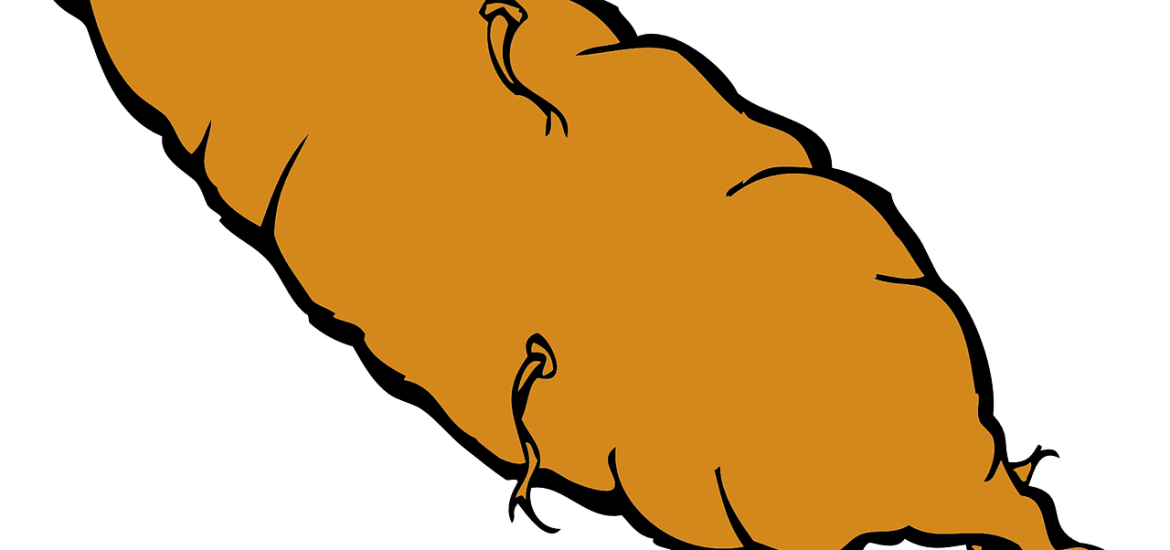
The lengthening queues for food aid around the world, from Kenya’s slums to food banks in the UK, demonstrate the double threat many of the world’s poor face in the Covid-19 pandemic: go out to work and risk catching the virus, or stay in and risk going hungry.
Ensuring access to affordable, nutritious foods for these people is more important today than it has ever been to fight malnutrition and avoid rolling back on decades of progress. Yet helping people eat more varied diets, fortifying processed food or distributing dietary supplements may be difficult due to movement restrictions and declining national and family budgets – especially in rural areas.
The pandemic, through lockdowns, job losses and supply chain disruptions, is preventing millions of people from accessing nutritious foods such as meat, dairy, fresh fruits and vegetables. As a result, an estimated 132 million more people could go hungry in 2020.
In this context, adding nutrients directly to staple food crops can benefit the poorest families by maximizing the nutritional content of what they already grow, eat, and can afford. It can provide a simple, cost-effective intervention with long-lasting benefits.
Biofortification—the process of boosting the micronutrient content of staple crops such as sweetpotato, wheat, and beans, through traditional breeding techniques—can help by targeting the poorest families, especially in rural farming communities.
It is estimated these families already get up to 70 per cent of their calories from staple crops, and as global food prices rise and incomes are squeezed, they will be increasingly reliant on crops they can grow themselves. In an Ipsos poll in July, a majority of 18,000 respondents in 26 countries said the cost of food had risen significantly in their country since the start of the pandemic.
After the initial investment in developing and distributing iron-, vitamin-A and zinc-rich biofortified varieties, farmers only require limited ongoing support. The nutrition stays in the seeds harvest after harvest, making it a practical intervention for countries combatting endemic malnutrition and associated health effects, such as anemia, blindness and stunting.
One of these crops is the biofortified orange-fleshed sweetpotato. Consumption of just 125g meets the daily vitamin A requirement of a young child. Its prices are rarely moved by world commodity markets, and it has already reached nearly seven million households in Africa and Asia. After being added to disaster recovery programs in Mozambique ten years ago, today about a third of the country’s sweetpotatoes are biofortified, boosting protection against blindness.
Beans are also widely grown and eaten in many parts of Africa; when biofortified with iron, they can provide up to 80 per cent of a person’s daily iron needs and help prevent anemia. Iron-biofortified varieties were introduced in Rwanda in 2012 and are now eaten regularly by one in seven Rwandans. Sales of iron-rich beans also improve incomes with yields about 20 per cent higher than other local varieties. In Asia, zinc-biofortified wheat and rice are also becoming widespread.
The 11 biofortified crops currently available—developed by the CGIAR global agriculture research network in partnership with country experts—are already benefiting about 50 million people in small-scale farming families. With greater investment, scientists can develop more nutritious varieties adapted to local conditions and consumer demand, and make them more accessible through adapted food systems. This would improve health, productivity and livelihoods.
More than two billion people who suffer from micronutrient deficiencies could be living healthier, more productive lives by consuming biofortified crops as part of their regular diets, lifting up their communities and economies with them.
As the impact of Covid-19 deepens across the globe and many families struggle to afford nutritious foods, prioritizing research to develop and deliver biofortified crops is not only a moral imperative; it is a sound investment.
Image par Clker-Free-Vector-Images de Pixabay